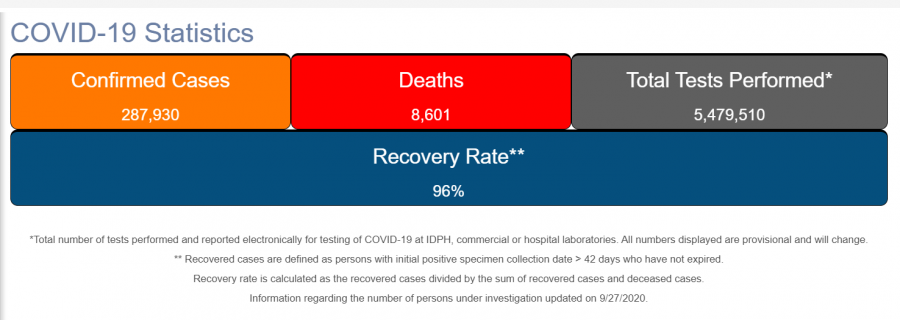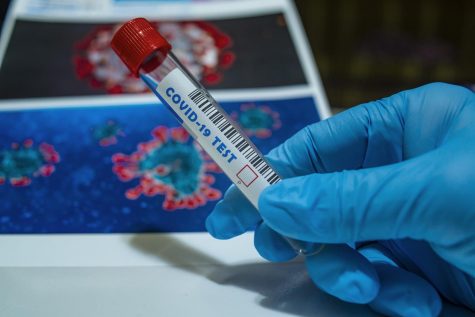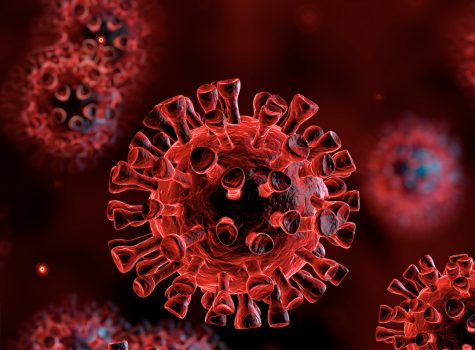How to understand numbers behind COVID-19 deaths
This screenshot of the Illinois Department of Public Health from Sept. 28 shows recent statistics from Illinois regarding COVID-19.
When Ernesto Guzman was 6 years old, he had surgery “for a rare disorder that steadily damaged the nerves in his arms and legs,” according to the Chicago Tribune.
There was no cure, and he would have to go through even more surgeries to combat this disease. When he was 12, he got pneumonia nearly two weeks after being tested positive for COVID-19 and passed away soon after. It is confirmed that several of his own family members had tested positive for the virus as well. He was the youngest victim of COVID-19 in Chicago and Cook County.
People may wonder why Guzman’s death was labelled as a COVID-19 death and not a pneumonia death. People also seem to be concerned in general about how the deaths and statistics for the virus are determined.
“Most of our data comes directly from IDPH (Illinois Department of Public Health),” Public Health Administrator of the Grundy County Health Department Michelle Pruim said. “When people are tested at any labs throughout the whole country, that information is put into a national database and then funneled through the state IDPH, and then that data is shared with us.”
Pruim also said that in order to keep the information as accurate as possible, she gets weekly data of all the testing in the county that has occurred in the last month. They generally will do their own organizing of the data locally, and then compare it to what they see on the state website.
“We’ve been able to match it up very closely,” she said. “It’s probably never going to be exact because of the lab time with reporting and cleaning up data, but it’s always within a tenth of a percent.”
COVID-19 cases also include probable deaths and cases, as well as confirmed deaths and cases. Probable would mean there is not enough evidence to fully confirm, but the symptoms line up. According to the Centers for Disease Control and Prevention (CDC), a probable death or case would be defined as somebody having COVID-19 symptoms and meeting “epidemiological evidence” (such as being within 6 feet or less with someone for more than 10 minutes), but no testing occurred to confirm this fact.
This is part of the reason why there could be a lot of cases, and also due to the fact that there is more laboratory testing. As more and more people notice symptoms, more and more people go in to get tested or have to get tested.
According to the CDC, “the National Center for Health Statistics (NCHS) uses incoming data from death certificates to produce provisional COVID-19 death counts.” Death certificates help understand how and why people die, so making sure the information is correct is important. The CDC has to write COVID-19 death on the death certificates if it was a cause or a contributing factor. This means that even if a man died from a respiratory failure, they have to mark it as a COVID-19 death if he had it. The virus could have caused it to be worse than it already was or would have been.
There are several factors to keep in mind as well when looking at the statistics, specifically when it comes to COVID-19 deaths.
The numbers could be different state to state because it takes time to file a death certificate, and it takes extra long to code for a COVID-19 death. It’s also important to keep in mind that “[p]rovisional counts are not final and are subject to change.” This means that as more reports are made and information is processed, things may be revised or changed. The CDC also advises that death counts “should not be compared across states” because not every state processes the information the same or reports the deaths at the same time. Some may report daily while others do it weekly.













